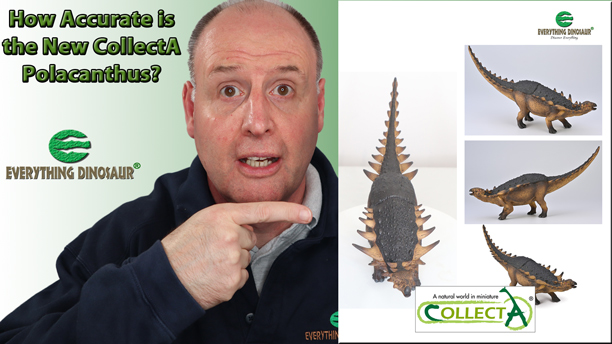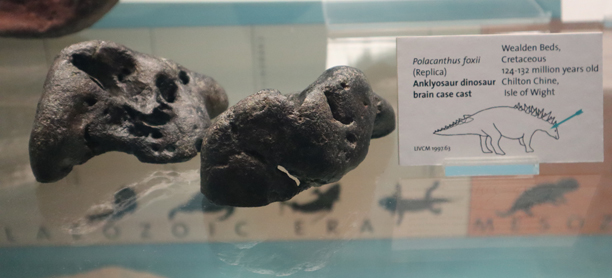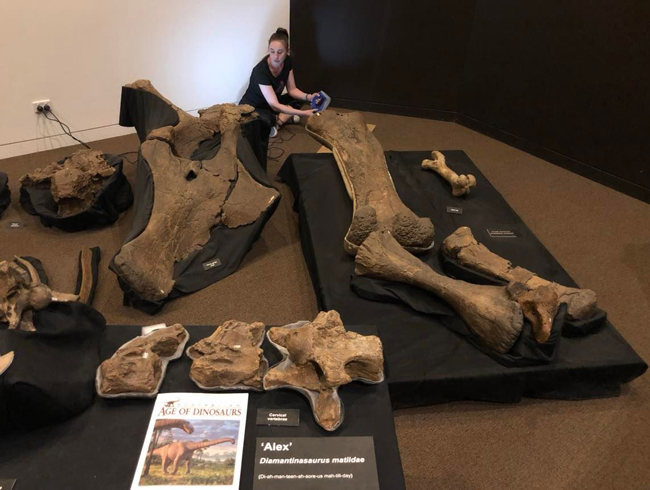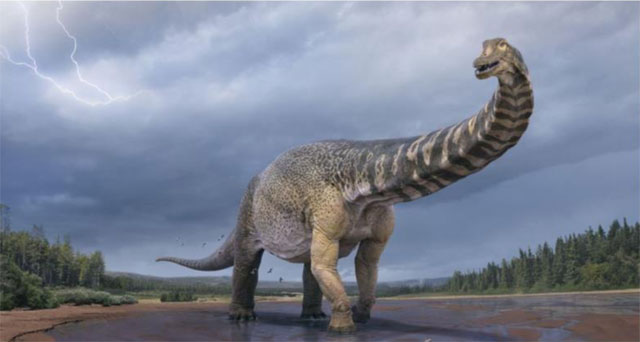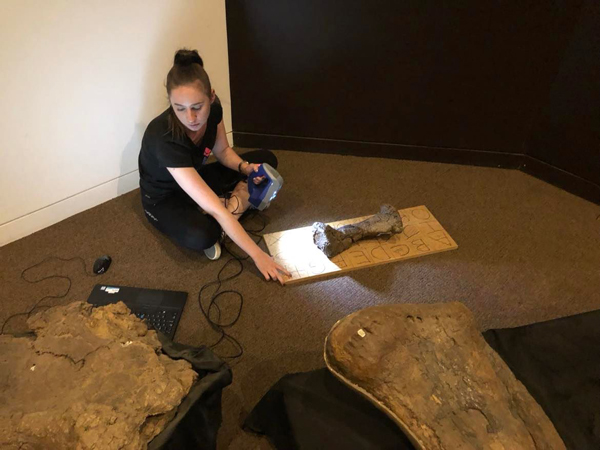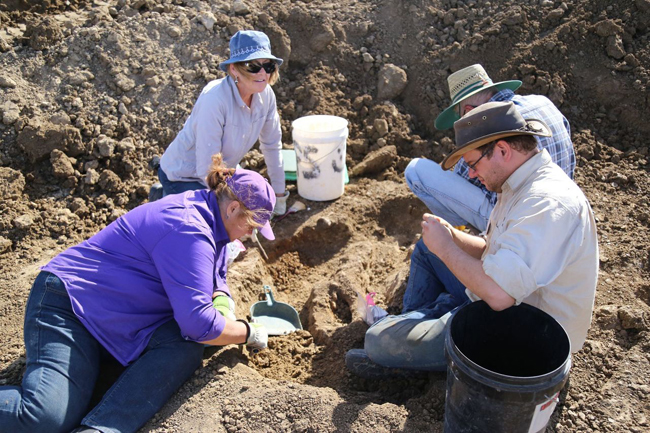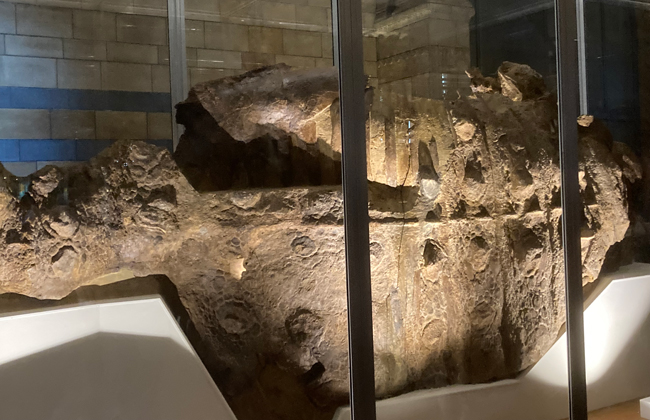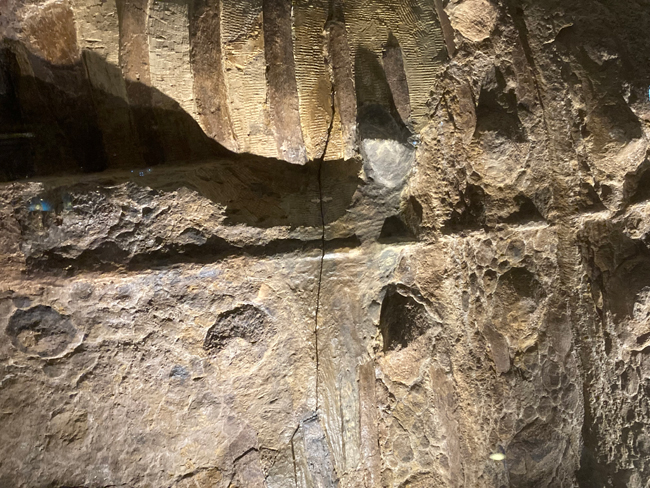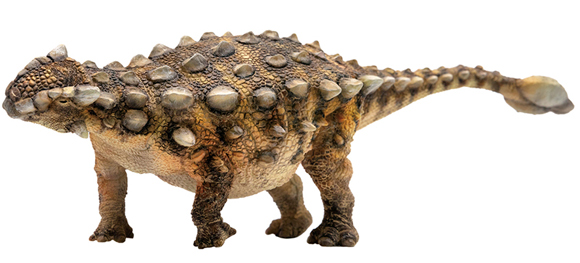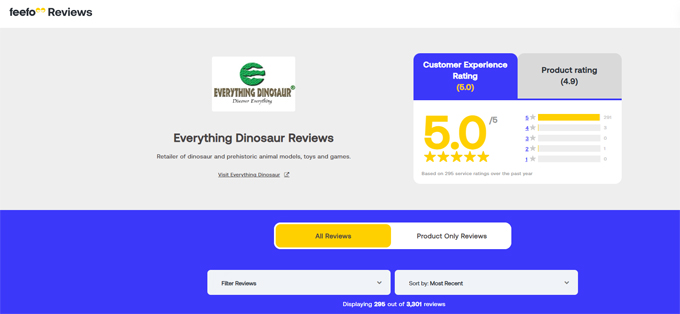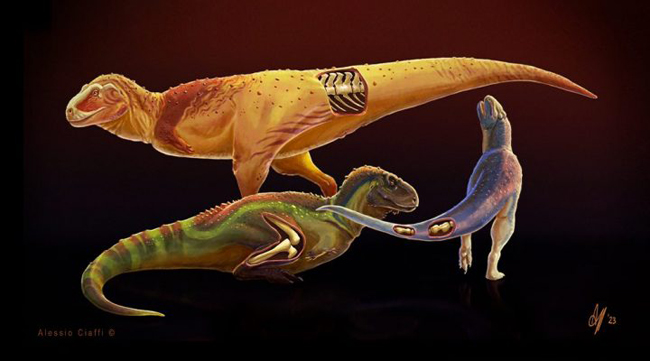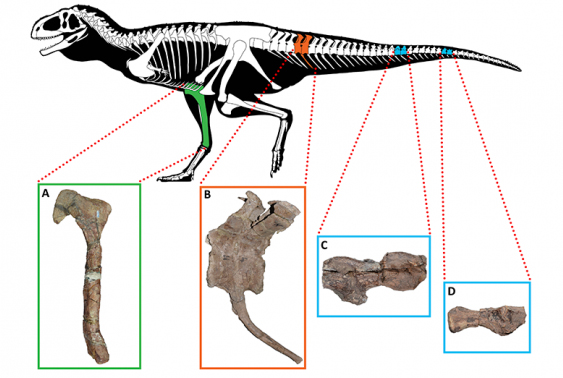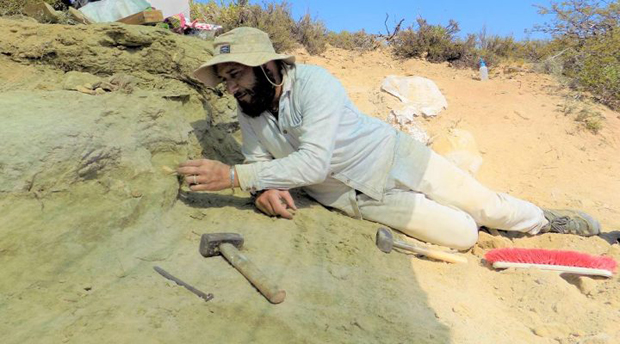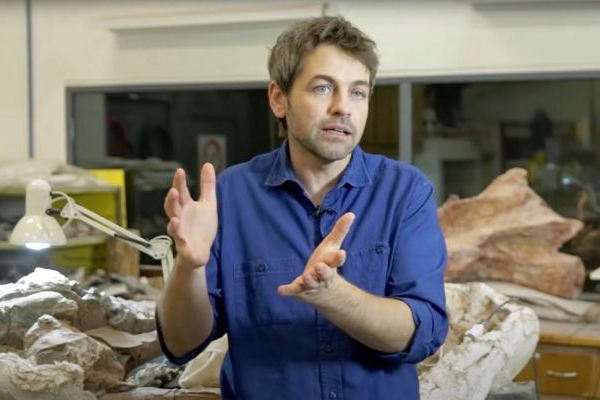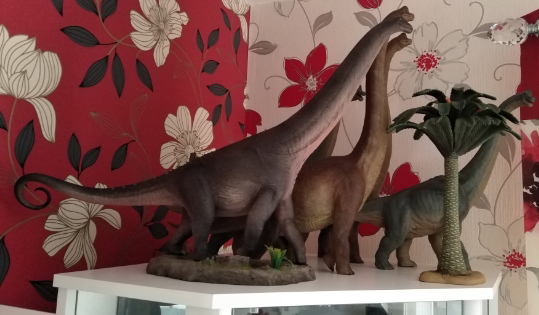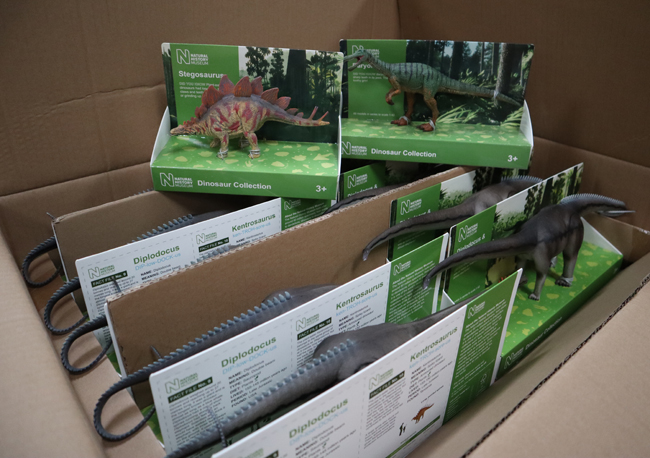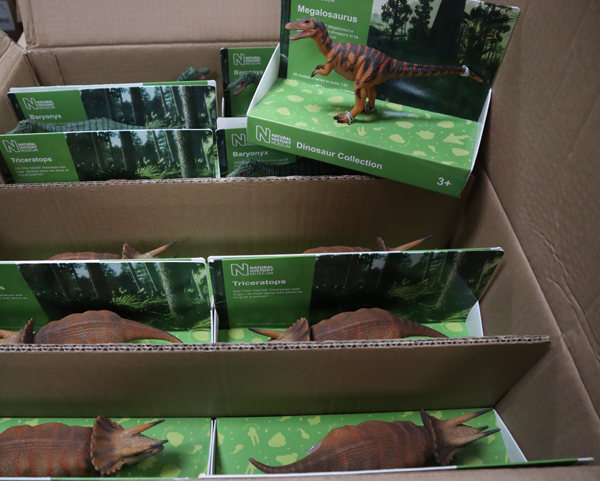Dinosaur and prehistoric animal themed articles, features and stories.
New CollectA Deluxe Polacanthus Model Video Review
Everything Dinosaur team members have completed their review of the new for 2024 CollectA Deluxe Polacanthus model. Their video review is now live on the Everything Dinosaur YouTube channel. The video is approximately twenty minutes in length. It provides a comprehensive overview of the new CollectA figure and highlights the extraordinary details seen on this new armoured dinosaur model.
Video credit: Everything Dinosaur
A Review of the CollectA Deluxe Polacanthus
The YouTube video review explores how our perceptions regarding this armoured dinosaur have changed. Named in 1865, this dinosaur was further described in 1887 (John Whitaker Hulke). The Hungarian polymath Franz Nopcsa was tasked with creating a museum exhibit of this dinosaur in 1905. He had little fossil material to work with and it has been speculated that Nopcsa based his reconstruction on Stegosaurus. This taxon had been described earlier from much more complete fossil material.
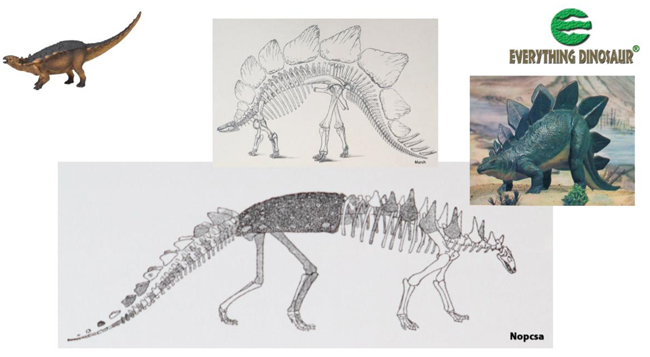
Nopcsa’s 1905 reconstruction of Polacanthus foxii seems to have been heavily influenced by the Stegosaurus taxon. Picture credit: Everything Dinosaur.
Picture credit: Everything Dinosaur
The influence of Stegosaurus on Polacanthus foxii is discussed in the video review. This might explain why a lot of early reconstructions of Polacanthus show it with the narrow skull of a typical stegosaur. The comparison with Stegosaurus may have led to the interpretation of the dermal armour, it being placed on the back of the animal in two, parallel rows.
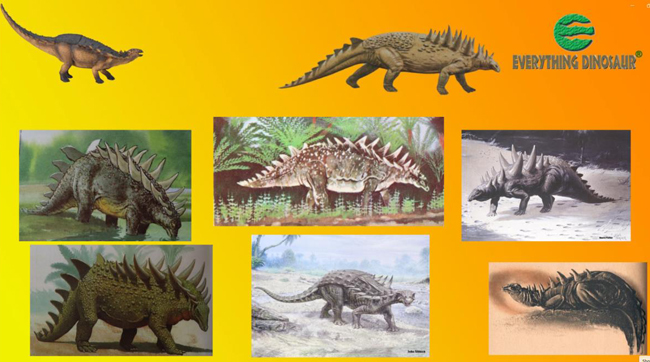
The 1905 reconstruction of Polacanthus foxii by the very talented Baron Nopcsa strongly influenced how Polacanthus was depicted for over a century. Picture credit: Everything Dinosaur.
Picture credit: Everything Dinosaur
Video Contents
The Everything Dinosaur Polacanthus video has been helpfully split into different segments. Each segment deals with a different aspect of the model or highlights an area of research.
The video segments are outlined below:
- 0:00 The new CollectA Deluxe Polacanthus – a remarkable story.
- 0:42 How closely does the CollectA Polacanthus reflect the fossil record?
- 1:31 Subscribe to Everything Dinosaur’s YouTube channel.
- 1:42 A single taxon?
- 2:22 Discussing Vectipelta barretti.
- 3:11 More armoured dinosaurs from the Wealden Group will be discovered.
- 3:43 How Polacanthus got its spikes.
- 4:45 The influence of Stegosaurus.
- 5:45 Nopcsa’s restoration and its influence.
- 6:42 The CollectA Deluxe Polacanthus model.
- 6:54 Looking at the head of the Polacanthus figure.
- 7:24 The neck and cervical armour.
- 8:40 The spikes on the upper arm are explained.
- 10:56 No spines on the back! Here is why!
- 12:53 The sacral shield.
- 15:17 The fantastic tail.
- 16:38 The scale of the dinosaur model. Is it 1:20 scale?
- 17:14 When will the CollectA Deluxe Polacanthus be available?
- 17:47 The Everything Dinosaur Blog.
- 18:16 Where to buy CollectA prehistoric animal models.
- 18:41 Two brilliant dinosaur books!
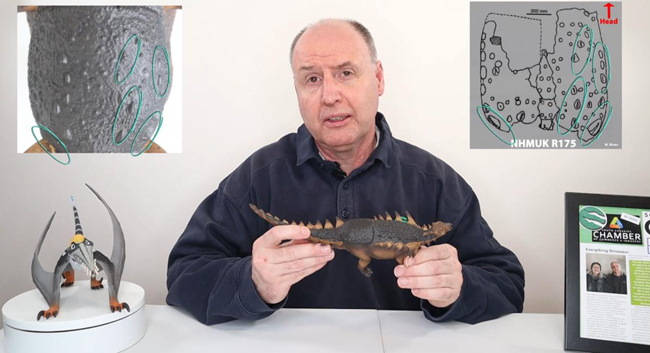
The exquisite detail of the model’s sacral shield is discussed. It is an accurate representation of the Polacanthus holotype material. Picture credit: Everything Dinosaur.
Picture credit: Everything Dinosaur
The image (above) shows a still from the Everything Dinosaur video review. The astonishing detail on the model’s sacral shield is highlighted. It accurately reflects the holotype fossil material (NHMUK R175).
Take a look at the CollectA Deluxe prehistoric animal models available from Everything Dinosaur: CollectA Deluxe Scale Prehistoric Animal Figures.
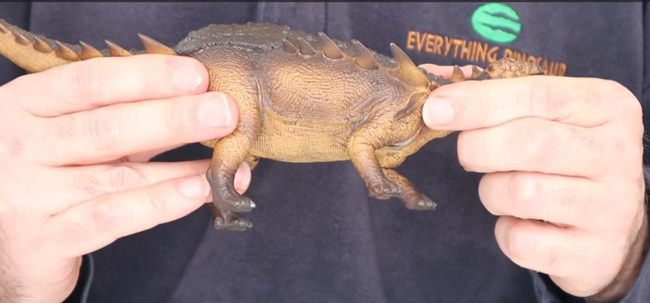
The video highlights some of the unique features of this new for 2024 Polacanthus figure. For example, the pair of defensive spines on the upper arm are discussed. Picture credit: Everything Dinosaur.
Picture credit: Everything Dinosaur
When will the Polacanthus Dinosaur Model be Available?
A spokesperson from Everything Dinosaur confirmed that the new for 2024 CollectA Polacanthus figure was likely to arrive in the late spring.
Visit the Everything Dinosaur YouTube channel: Dinosaur Model Video Reviews.
The award-winning Everything Dinosaur website: Dinosaur Models and Toys.




